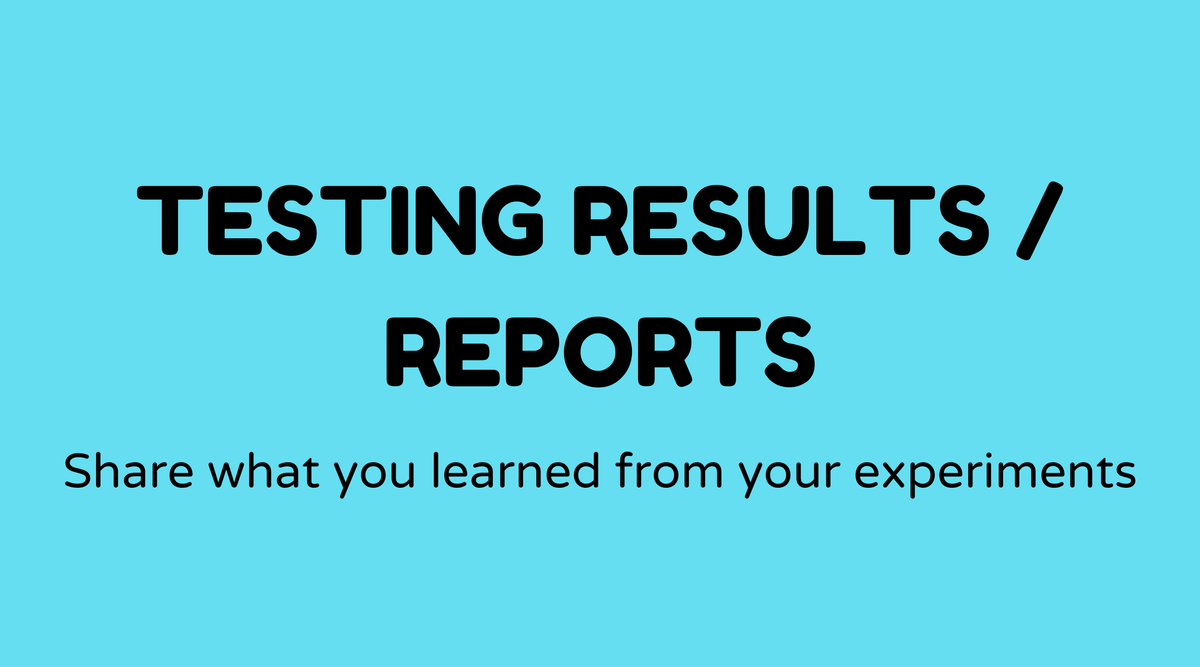Testing results / reports

Overview of Testing Outcomes/Documentation
In any product development process, testing outcomes and documentation play an essential role. These components represent the culmination of testing activities and provide informative data that can affect the next steps in development. From validating product features to identifying bugs and areas for improvement, the insights derived from testing documentation can be impactful.
Testing outcomes encapsulate all the results observed during the testing phase, while documentation conveys these results coherently and comprehensively to stakeholders. A well-structured document not only highlights issues but also proposes actionable solutions.
Given the significance of these documents, companies continuously look for ways to refine their testing and documentation processes to ensure maximum effectiveness. Tools like JIRA (an internal link could point to an article about software project management) and others are often employed to streamline this process.
Why Testing Outcomes/Documentation Matter
Every organization needs a clear view of a product's performance for informed decision-making. Without testing outcomes and documentation, teams might overlook critical failures, leading to costly recalls or reworks. Moreover, they provide a reference point for future projects, creating a repository of knowledge and best practices.
Testing documentation also promotes transparency and accountability. They allow stakeholders to see the progress and understand the viability of a project. By offering concrete evidence of software behavior, they become a fundamental part of any quality assurance process.
For further insights into the importance of testing in product development, an external link to a YouTube video highlighting the significance of software testing can be quite illuminating.
What are Testing Outcomes/Documentation?
Testing outcomes represent the actual data and observations captured during various phases of testing. This can include pass/fail rates, exception reports, and performance metrics. The goal is to ensure a product performs as intended under different conditions.
Testing documentation, on the other hand, takes this raw data and organizes it into a narrative that can be understood by all stakeholders. They generally consist of:
- Executive summary: A snapshot of the testing outcomes.
- Detailed findings: Specific bugs, issues, and their potential implications.
- Recommendations: Actionable steps to address any identified issues.
- Appendix: Additional data and logs that may be relevant.
These documents not only assist in resolving current challenges but also prepare the way for future improvements.
How to Prepare Testing Outcomes/Documentation
Creating testing outcomes requires a structured approach. Here’s a simplified breakdown:
- Define Objectives: Clearly outline what the testing seeks to accomplish.
- Select Test Types: Determine which types of testing (such as unit, integration, or system testing) are needed.
- Execute Tests: Run the tests using automated tools, manual testing, or a mix of both.
- Collect Data: Capture all relevant data and metrics during the testing phase.
- Analyze Results: Assess the data to identify patterns, bugs, or other irregularities.
- Compile Documentation: Create a detailed, organized document that includes summaries, observations, and recommendations.
Here's a simple table format for testing documentation:
| Aspect | Details |
|---|---|
| Test Case ID | Unique Identifier |
| Description | Brief explanation |
| Status | Pass/Fail |
| Tester | Name of the tester |
| Comments | Additional notes |
Examples of Testing Outcomes/Documentation
There are various formats for testing documentation, but most follow standard procedures tailored according to the industry and project needs.
- Smoke Testing Documentation: Validates the build's stability.
- Regression Testing Documentation: Ensures that recent changes haven't adversely affected existing functionalities.
- Performance Testing Documentation: Checks the system's ability under load conditions.
FAQs
What should be included in testing documentation?
- Testing documentation should include an executive summary, detailed findings, recommendations, and an appendix with supporting data.
Why is testing documentation important?
- It offers insights into product performance and helps guide decisions regarding improvements and launches.
Can testing documentation be automated?
- Yes, with the help of tools like JIRA and Selenium, much of the data collection and reporting process can be automated.
How frequently should testing documentation be generated?
- Ideally, they should be created after major testing phases or upon each iteration if following Agile methodologies.
Who is responsible for creating testing documentation?
- Typically, QA engineers or testing teams compile documents, but collaboration with development teams is also crucial.
What are the challenges in creating testing documentation?
- Common challenges include data accuracy, clear communication of findings, and maintaining up-to-date records.
In any project environment, ensuring the dissemination of well-structured and thorough testing outcomes and documentation is vital for success. It's not just about identifying issues but preparing the way for a better product.



